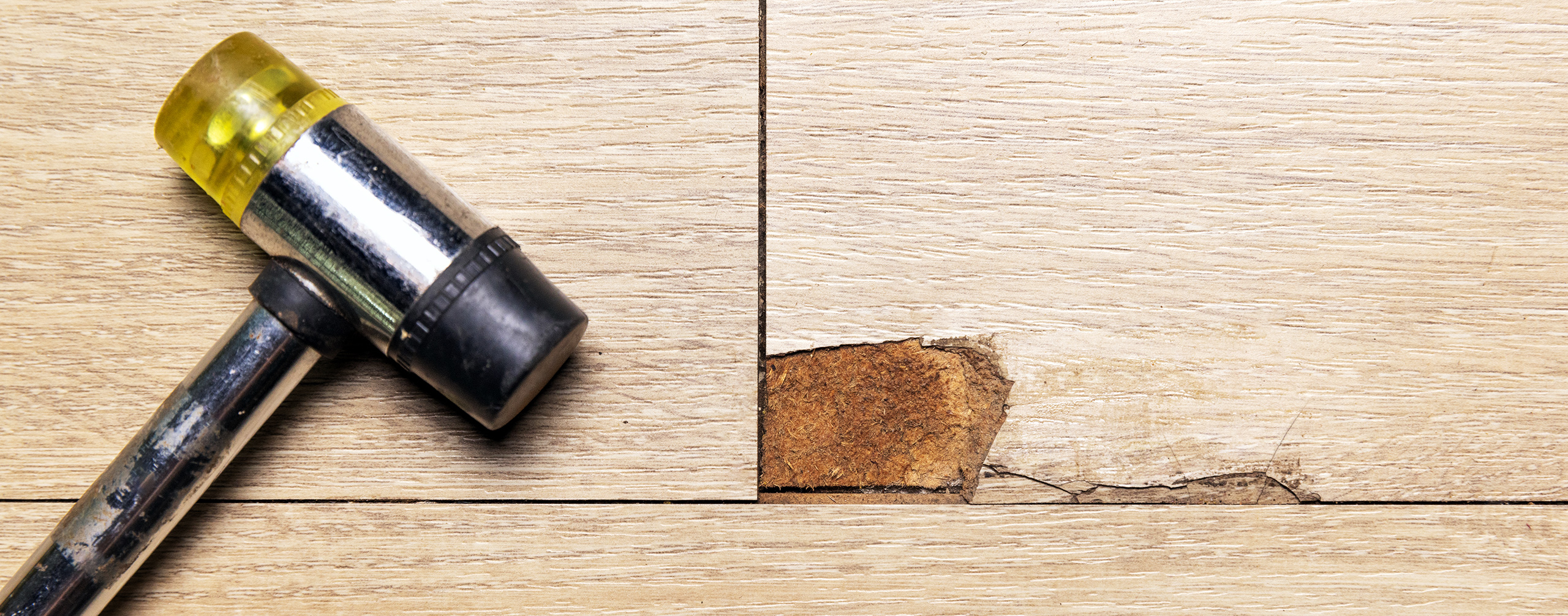
Floors Don’t Last Forever
Floors are one of the most used—and most abused—surfaces in any home. From the moment you step through the door, your flooring takes on the weight of daily life: footsteps, spills, furniture, pets, kids, and even the elements from outside. Despite their durability, no flooring lasts forever. Over the years, signs of aging and damage start to show, sometimes slowly and sometimes all at once. What was once a smooth, beautiful surface can become dull, uneven, noisy, or even dangerous. Many homeowners delay replacing their floors because of the time and cost involved. But ignoring the signs can lead to bigger problems down the road, including structural issues, safety hazards, or health concerns like mold. The good news is that replacing your floors doesn’t have to be overwhelming—and knowing what to look for can help you plan ahead and make smart decisions. Whether you’ve noticed a few creaks, seen some discoloration, or you’re just tired of looking at outdated materials, your floors may be telling you it's time for a change. In this post, we’ll walk you through the most common signs that your flooring is past its prime and explain why investing in new floors could be one of the best decisions you make for your home.
1. Physical Damage You Can Not Ignore
One of the most obvious indicators is visible damage—deep scratches, gouges, cracks, or missing planks and tiles. While minor surface issues can sometimes be refinished or patched, widespread damage often means the structure of the floor is compromised. In wood floors, you may notice boards lifting or warping. In tile or laminate, cracked or separated pieces can be both unsightly and hazardous. If your floor feels uneven underfoot, that’s another red flag.
2. Moisture Trouble And Mold Concerns
Flooring of the future will be dynamic, not static. Think about materials that change color or pattern using smart pigments. You wake up to a natural oak tone in your bedroom, but by evening the floor transitions to a darker espresso finish for a moodier atmosphere—no renovation required. We’re also seeing prototypes of modular magnetic tiles and interlocking panels that allow homeowners to reconfigure their flooring layout and design in hours, not days. Want a wood-look floor in summer and stone-look in winter? Just swap the tiles.
3. Sustainability: Not Just a Trend, a Mandate
Eco-conscious living isn’t just a movement anymore—it’s becoming an expectation. The future of flooring will revolve around materials that do more for the planet: Recyclable composites that can be reused without degrading. Flooring made from mycelium (yes, mushrooms) that’s strong, flexible, biodegradable, and surprisingly beautiful. Zero-VOC surfaces that actually purify the air rather than pollute it. Flooring that supports radiant heating more efficiently, reducing energy consumption across the home. Expect homeowners of the next decade to prioritize low-impact flooring that looks high-end but treads lightly on the planet.
4. The Floor That Talks Back
Imagine walking into your home and your floor greets you—not verbally, but through tactile feedback or responsive illumination. It subtly lights up when you walk at night. It vibrates gently in emergencies to wake you. It even helps guide guests with motion-tracked pathways. These are real concepts in development right now. Combined with augmented reality (AR), your floors may soon be part of immersive experiences—think virtual interior design overlays you can toggle on and off by simply stepping on a corner panel.

If you're in the market for flooring feel free to contact Goshen Floor Mart. Remember, we are always happy to provide you with a free estimate. Call us today at 574.642.4770 or contact us here
